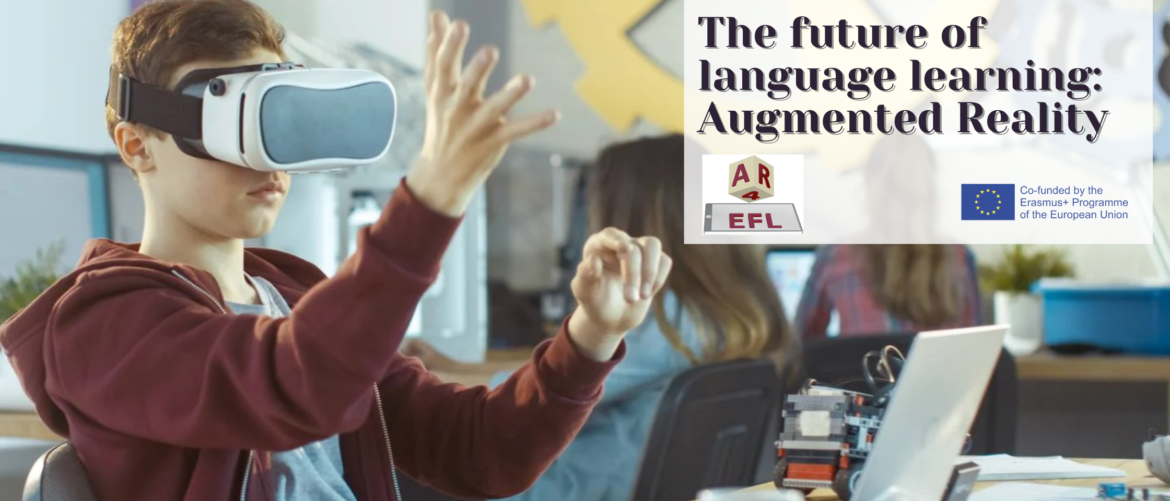AR has become an innovative concept within the gaming world, but what can it do for language learning? There have been many articles about the commencement of the use of AR within educational settings as they can help a student by putting them in (AR) real-life simulations that will help them understand different aspects of language learning!
It’s not just a game!
AR has captured the world’s attention recently on many different platforms. Take the “Pokémon Go!” game as an example. It had a lot of people – adults and children – involved and all it did was alter what they could already see in everyday world. In this way, using AR for learning can enhance a student’s capability to learn and understand. AR uses the surroundings already there with slight digital enhancements to make situations seem real. The added digital information can help enhance learning by putting students in real-life situations where they have to converse with someone or maybe asking questions to a digital assistant.
How can AR be useful?
There have been many different occasions where AR/VR (virtual reality) has been used in a teaching context. Below are some of the opportunities using AR in a teaching situation can be beneficial (Dennis Hurley, 2017).
Spatial-contextual awareness means using AR to have conversations with a digital assistant and having mock-up answers visible to the user/student and they have to decide which would be the best answer to give. If the user is learning Greek for example, two separate Greek answers would appear (following a question) and the user would have to decide which one is the correct answer. Using AR in this way helps the students/users be immersed in the language setting itself and listen properly to how people speak in Greece and what is expected of them understanding and pronunciation-wise.
Real-time translation is also a great opportunity of AR as having real-time translations and conversations can immerse a student into the reality of what it is like when speaking to a native from the country which language they are learning. It helps students get a hold on the pace of the conversations, the pronunciation, how to greet without being rude ect. There are a lot of benefit in this sense.
Are there any challenges to this method?
As we know, using AR has great opportunities for language students and a more engaging approach to learning languages. However, what are the challenges of using this technology?
For starters, this technology for education is still fairly new. There are limited apps that can be used in this way and primary schools may have limited access to these apps as they may require a certain technology to function. It is also important to note that in a primary school setting, privacy is extremely important and having children on anything online can be a threat to their security. Teachers would have to find an app that is safeguarded and accessible to all the children/teachers. It would also need to be an app that can be modified to the level that the children are working at. Of course, for adults, the safeguarding is not as important as adults know what they can and can’t do on the internet.
Overall, AR is an incredible technology that will innovate education for the better, but, there is still a long way for it to develop and be used as there are slight challenges that must be overcome for it to be accessible to everyone. AR4EFL aims to create realistic learning environments for language students to help them immerse themselves into the language and culture from the comfort of their classrooms or even home. The training provided to teachers by AR4EFL is designed to provide better quality in teaching and the use of innovative technology.

